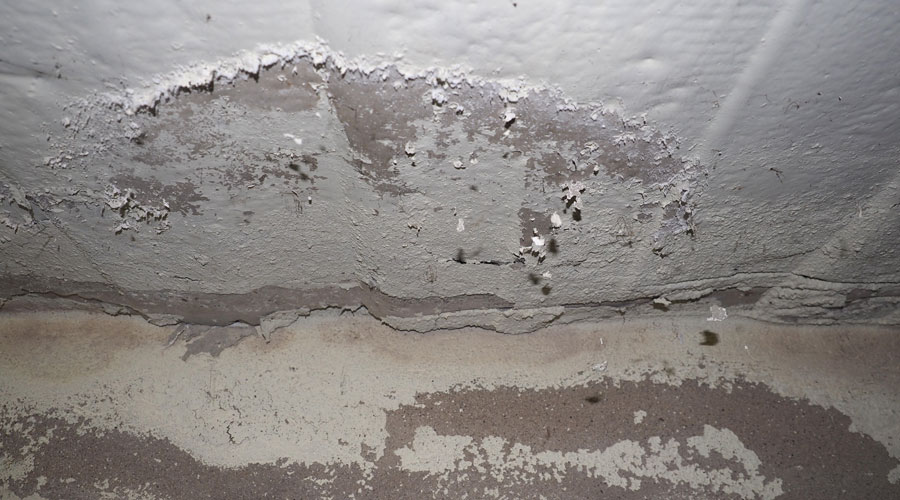Water damage in commercial properties can occur from various sources and situations, including plumbing failures, roof leaks, flooding, sewer line backups, industrial system failures, poor drainage, inadequate waterproofing and climate control system issues.
Unfortunately, water damage within commercial properties can lead to expensive repairs (e.g., replacing damaged equipment and addressing structural issues), business interruptions (e.g., downtime and lost revenue), and health and safety hazards (e.g., mould growth and structural instability). These consequences can result in significant financial losses and pose compliance concerns.
As such, preventing water damage is crucial to preserving assets, maintaining business continuity, and ensuring a safe environment for employees and customers.
Preventive Measures
To mitigate the risk of water damage, commercial property managers should implement a range of proactive measures, including the following:
- Regular maintenance and property inspections—Employers should schedule regular inspections and maintenance for plumbing systems, heating, ventilation, and air conditioning units, as well as other water-related components. They should check for signs of leaks, loose connections, and wear and tear.
- Proactive roof maintenance—Organizations should conduct routine roof inspections to check for damage, such as missing shingles or deteriorating sealant. Gutters and downspouts should be kept clean and clear of debris to ensure proper drainage.
- Water detection systems—Employers should install water detection systems and alarms in critical areas, such as server rooms and basements, to provide early warnings of leaks or rising water levels.
- Proper drainage—It’s essential to ensure the property has adequate drainage systems, including functioning storm drains and appropriate grading that directs water away from the building. Installing sump pumps in flood-prone areas is also recommended.
- Windows and door maintenance—Window and door seals must be maintained and repaired to prevent water infiltration. Weatherstripping and additional waterproofing measures could also be beneficial.
It’s worth noting that water damage isn’t always due to poor maintenance or system failures; it can also result from intentional actions, such as vandalism. Therefore, organizations should consider installing security systems to deter such acts and protect their properties.
Conclusion
Preventing water damage in commercial properties is a proactive approach that can save organizations from costly repairs, operational disruptions and health hazards. By understanding the common causes of water damage and implementing effective preventive measures, organizations can minimize risk, support operational resilience and foster safety.
In addition, organizations should review their insurance coverage, including commercial property and business interruption policies, to protect themselves from the financial risks associated with water damage.

